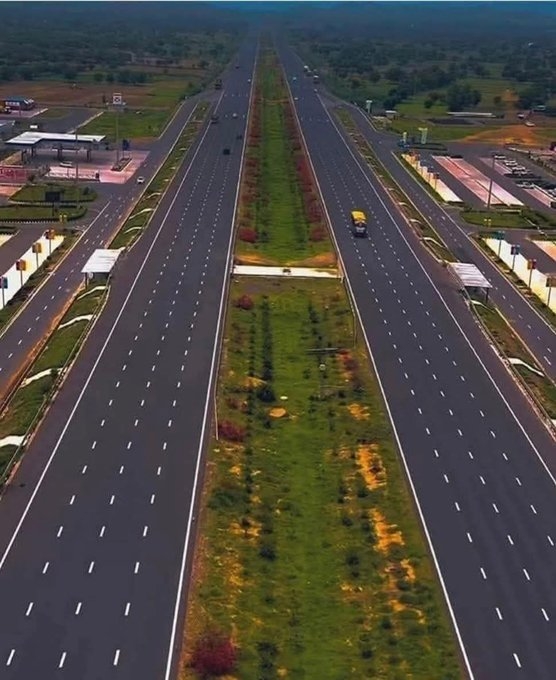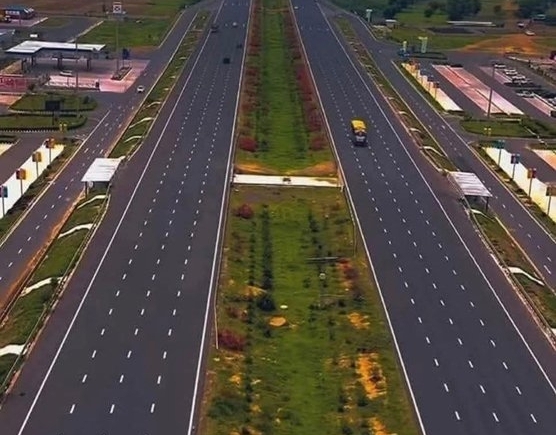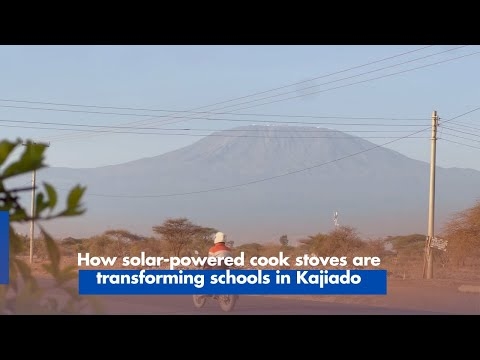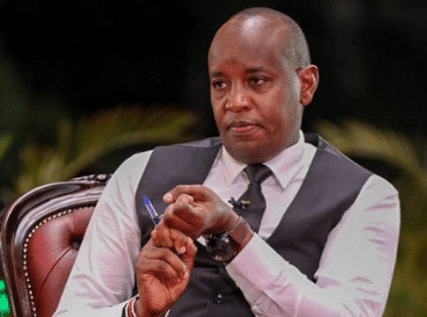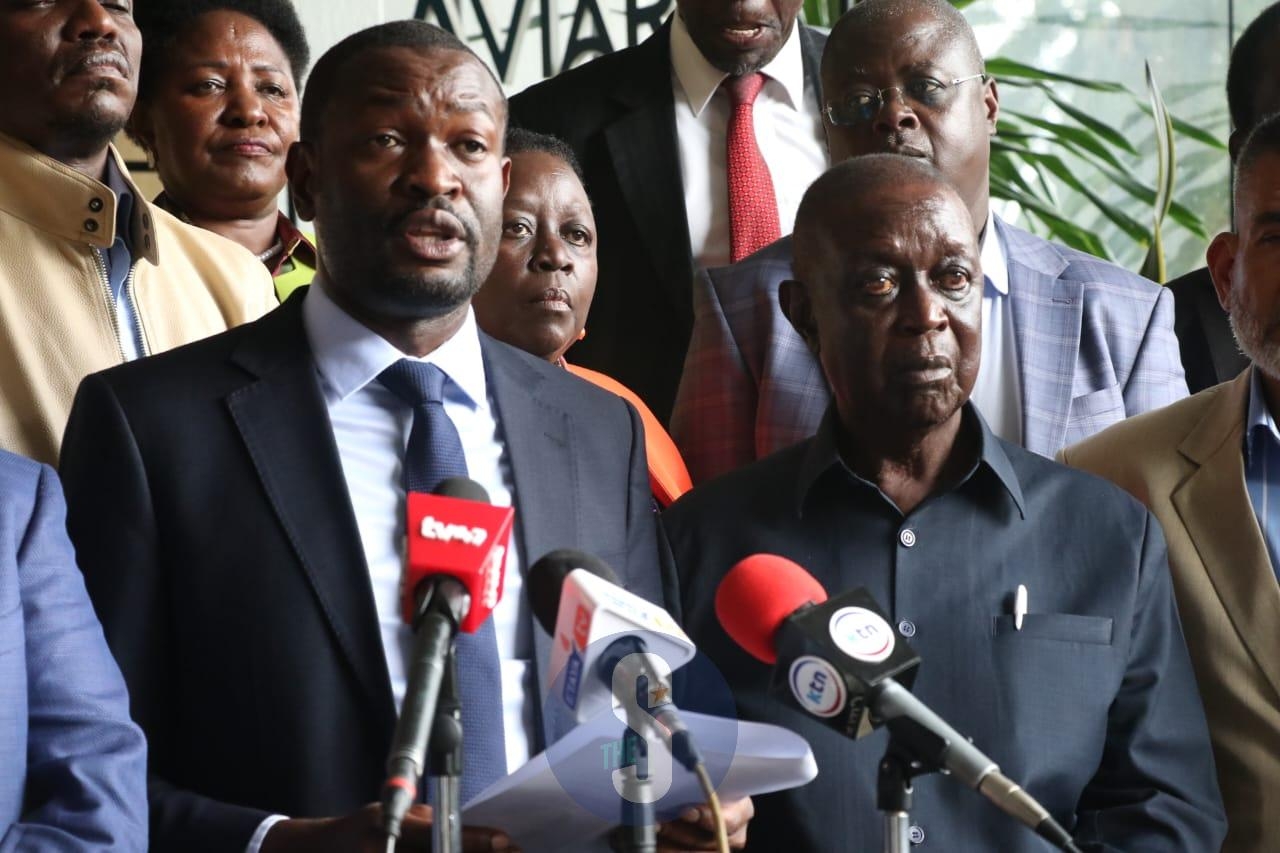Did we not warn you? This is the question scientists might ask climate change deniers, especially those in the political class.
After the deadly drought, fires and heatwave in Canada and the US, the deluge in central Europe and China has heightened fears that human-caused climate disruption is making extreme weather events more frequent and even worse than climate models have predicted.
Torrential rains pummeled Henan, one of China’s most populous and poorest provinces, displacing hundreds of thousands of people.
In Latin America, climate change impacts range from melting Andean glaciers to raging floods and blistering droughts. In Sub Saharan Africa, frequent droughts and floods exacerbate malnutrition, disease, poverty. The number of weather-related disasters such as floods and droughts has doubled in the last three decades. The 2012 drought that hit the Horn of Africa was the worst in 60 years.
Scientists are just starting to unpack the complex, interconnected web of climate, hydrological and social factors that contribute to catastrophe. Somehow it has been assumed that wealthy nations are insulated from the impacts of climate change.
Europeans are stunned by how large-scale damage could occur in the world’s wealthiest and most advanced economies. It is estimated that by the year 2100, flood damage in Europe could cost €48 billion per year, up from €7.8 billion. No continent or region, rich or poor, is immune.
Intensified and more frequent droughts and floods are the hallmark manifestation of human-induced warming. This means that we can bend the warming curve and get the planet back on an even keel.
Global action to reduce greenhouse gas emissions has been tepid at best. But time is not on our side. Scientists warn that the threshold for dangerous global warming will likely be crossed between 2027 and 2042. More aggressive action will be needed to decarbonise the global economy.
Ahead of the Conference of Parties meeting in Glasgow in November, the UK COP26 Presidency’s goal is to keep the 1.5-degree Celsius temperature rise limit alive. Critical to this is getting traction on finalising the crux for the implementation of the Paris Agreement – global consensus on cutting carbon emissions using market and non-market approaches.
But it is disheartening that US President Joe Biden is silent about carbon pricing despite rejoining the Paris climate agreement.
One would hope that the avalanche of floods, droughts and heatwaves might inspire politicians to act urgently to forestall severe and frequent extreme climate events. But it is unlikely.
The world’s major polluters remain only partly persuaded that our planet is on the course of irreversible peril. Rich and poor nations alike will pay a heavy price in blood and treasure.
COP26 must not be just another waffle festival. The world needs concrete actions on decarbonising the global economy. We must put the planet on a path to aggressive and ambitious 2030 carbon emission reduction targets, and achieve net zero emissions by 2050. Time is of the essence.
Vice Provost at The Aga Khan University. The views expressed are the writer’s


